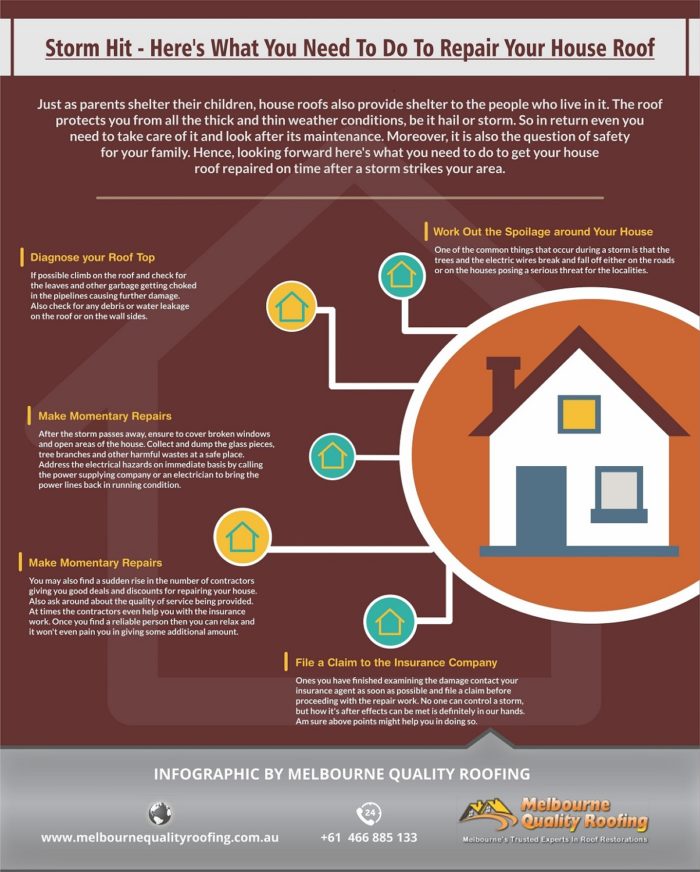The Effect Of Roofing System Ventilation On The Success Of Installation Projects
The Effect Of Roofing System Ventilation On The Success Of Installation Projects
Blog Article
Content By-Caldwell Curtis
When you're taking on a roofing job, you might not believe much about roofing ventilation, but it's more important than you understand. Reliable air flow helps manage temperature level and moisture in your attic, avoiding troubles like mold and structural damage. By comprehending just how to design and set up a well balanced ventilation system, you can improve power efficiency and extend the life-span of your roof covering products. So, what are the crucial factors to take into consideration throughout installation that can make all the distinction?
Value of Roof Covering Air Flow
Roof ventilation plays an important duty in maintaining the general health and wellness of your home. By enabling fresh air to circulate via your attic, it aids manage temperature level and dampness levels. This balance is essential to prevent heat accumulation during warm months, which can cause increased energy prices as your cooling burns the midnight oil.
Furthermore, proper air flow substantially decreases the risk of moisture-related concerns like mold and mildew and mold. If moisture degrees climb, your home's architectural honesty can be jeopardized, bring about expensive repairs. You wouldn't wish to handle deteriorating wood or distorted roofing products, right?
Additionally, ample ventilation extends the life-span of your roof. When warmth and dampness are kept in check, your roofing can do efficiently, stopping premature deterioration. This suggests less headaches and expenditures down the line.
Exactly How Roofing System Ventilation Works
Effective roofing system air flow relies on the all-natural motion of air to produce an equilibrium in between consumption and exhaust. When you set up vents, you're essentially permitting fresh air to enter your attic room while allowing hot, stagnant air to run away. This process aids regulate temperature level and wetness levels, avoiding issues like mold and mildew growth and roof damage.
Intake vents, generally located at the eaves, pull in awesome air from outside. Meanwhile, exhaust vents, situated near the ridge of the roof covering, let hot air surge and exit. The difference in temperature develops an all-natural air movement, known as the stack effect. As warm air increases, it creates a vacuum that pulls in cooler air from the reduced vents.
To maximize this system, you require to ensure that the intake and exhaust vents are effectively sized and placed. If the intake is limited, you will not achieve the preferred ventilation.
Furthermore, not enough exhaust can trap warmth and moisture, bring about possible damages.
Secret Installment Considerations
When setting up roofing ventilation, a number of vital factors to consider can make or damage your system's performance. First, https://studentloanhero.com/featured/roof-replacement-cost-ways-pay-roof/ require to assess your roofing system's design. The pitch, form, and products all influence air flow and air flow option. Ensure to pick vents that suit your roof covering type and local environment conditions.
Next off, take into consideration the positioning of your vents. Preferably, you'll want a balanced system with consumption and exhaust vents positioned for optimal airflow. Area intake vents short on the roofing system and exhaust vents near the height to motivate an all-natural circulation of air. This arrangement aids protect against dampness accumulation and advertises power efficiency.
Do not forget insulation. Proper insulation in your attic protects against warmth from leaving and keeps your home comfortable. Guarantee that insulation doesn't block your vents, as this can impede airflow.
Last but not least, consider maintenance. Choose air flow systems that are easy to access for cleaning and examination. https://andyidzsn.snack-blog.com/33190725/the-influence-of-climate-condition-on-your-roofing-an-overview-for-beginners ensures your system remains to work efficiently gradually.
Conclusion
Finally, roof ventilation is necessary for a successful setup. By guaranteeing correct airflow, you can avoid heat build-up and moisture issues that result in expensive damage. When you strategically placement consumption and exhaust vents, you improve energy performance and extend the life-span of your roofing system. Keep in mind, a well-ventilated roof not just protects your financial investment but also boosts your indoor air high quality. So, prioritize ventilation to make certain a durable and affordable roofing system for your home.
